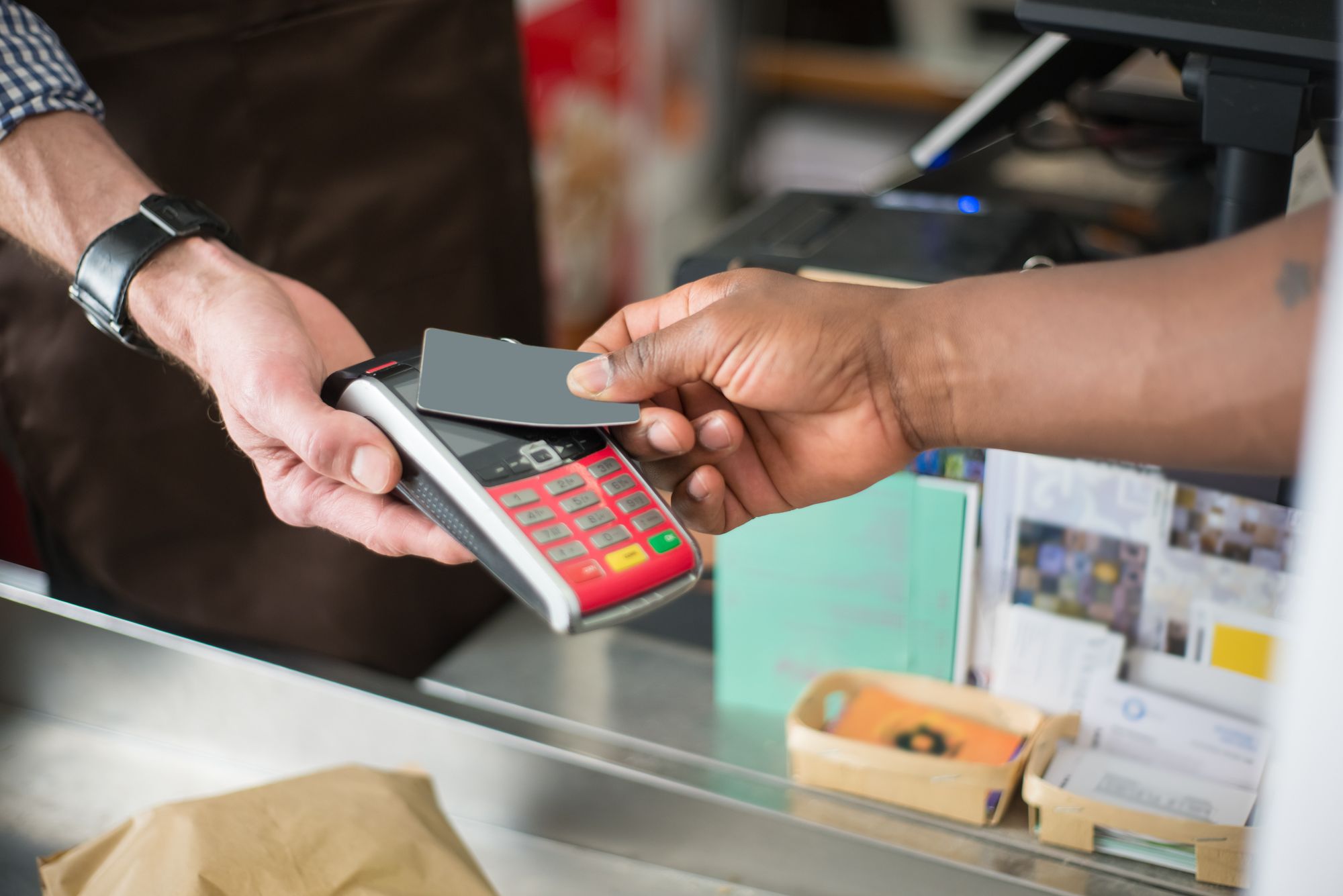6 Easy Ways to Maximize on Grocery Deals
Have you ever pondered whether small-scale savings may make a significant difference? Is the time spent on coupons and grocery apps truly worth the pennies saved? That is entirely dependent on your purchasing behavior.
Unfortunately, rising food prices are here to stay and are putting a burden on household budgets. We cannot stop rising food prices, but we can give some strategies for saving money. Now, this requires some forethought and adjustment, but trust us when we say that it is completely worth it.
If saving money is a priority for you, you should take advantage of these 6 easy ways to maximize grocery deals.
1. Loyalty Cards for Grocery Stores

Download the loyalty app for the stores where you shop the most frequently. You can avoid clipping coupons entirely by just adding the discounts to your loyalty card. Savings are then applied automatically during the checkout process. Additionally, your app may modify coupon offers based on recent purchases.
Numerous grocery companies prominently display available coupons in aisles to boost sales. While you shop, you can download applicable savings.
2. Plan Meals Around On-Sale Items

Seasonal fruit is available, as are clearance items. Frequently, items are cut in price to move them before their expiration date. As a general rule, these sales rotate, so it's unlikely that you'll discover savings on identical things in the same week.
If you'd rather plan your meals in advance, use some Grocery Deals Apps and Websites. These platforms enable you to conduct price comparisons from the convenience of your own home.
3. Make Wise Shopping Day Selections

While this is not true for all supermarket chains, Wednesday is frequently the day on which the previous week's sales are displayed and the first day on which the following week's sales begin. By shopping on Wednesday, you increase your chances of finding offers on other items on your list. It's one of the easier and simplest ways to maximize grocery deals.
4. Do Not Be Afraid of Store Brands

Occasionally, a name-brand product is merely a favorite product. It's pointless to purchase a store brand if no one in your family will consume it.
However, there are a plethora of items where the store brand is virtually identical to the name brand: broth, pasta, canned goods, and the list goes on. If you save between 5 and 25 cents on each of these goods for a year, the savings begin to accumulate.
5. Stock Up on Staples

Purchasing two or three of the items you purchase on a regular basis at a discounted price can make a significant difference. Purchasing coffee, drink, meat, other personal products on sale enables you to avoid purchasing at full price only to avoid running out.
Stocking up comes with the caveat that bigger is not necessarily better. Ensure that you verify the unit price. Certain items are actually more affordable in smaller packages. Additionally, avoid stockpiling products that will go to waste.
6. Stacking Savings

Once you've tried a few of these money-saving techniques, you can combine them. Keep an eye out for things you purchase on a regular basis using grocery rebate applications.
You may notice that other apps have identical deals and that you can earn on both apps for a single transaction. Once you locate a deal, determine which store has the greatest pricing and stock up if you frequently use this item.
Utilize your loyalty card to earn petrol points if your supermarket gives them. If you pay for your groceries with a credit card, make sure you have one of the top cashback credit cards for groceries.
Is This All A Worthwhile Effort?
None of these approaches, on their own, are likely to balance your budget. Small changes, on the other hand, accumulate with time. Assuming a monthly food budget of $1,000 and an average grocery item price of $2.50 to $4, you are likely shopping between 65 and 100 items every week.
If you save ten cents on each item, you'll save between $338 and $520 per year. Additionally, you will earn substantially more if you enjoy experimenting with new goods or if you frequently purchase name brands or frozen foods.
In short, by focusing on minor savings on individual purchases, you can easily save several hundred dollars each year.